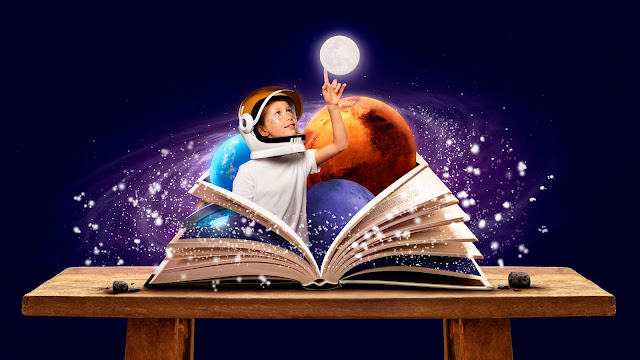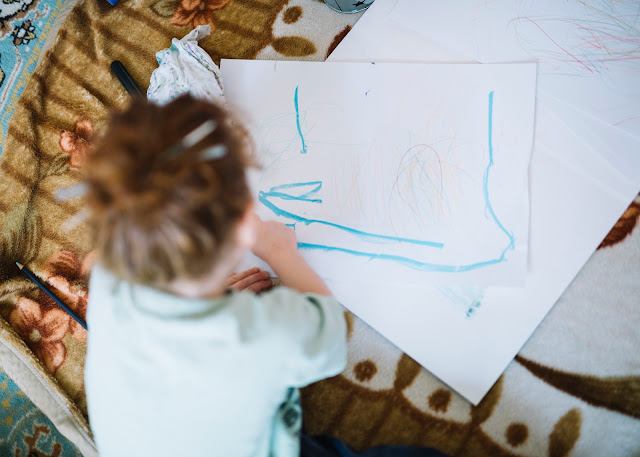Stories have always captivated humanity. We gather around campfires, devour novels, and are glued to our screens – all in pursuit of a compelling narrative. But what if stories could be told not just through words, but through lines, shapes, and colors? Enter the captivating world of the drawing narrative.
A Universal Language: Drawing Transforms Borders
Unlike words, drawings transcend language barriers. A single image can convey a story with universal emotions and themes. A character's expression, the dynamic angles of a scene, the use of light and shadow – all become tools for the artist-storyteller to weave a tale that resonates with viewers across cultures and backgrounds.
From Simple Sketches to Graphic Novels: A Spectrum of Visual Storytelling
Drawing narratives encompass a wide spectrum of artistic styles and forms. Simple sketches can capture a fleeting moment with poignant effectiveness. Comic strips combine sequential panels to tell a story with a sense of rhythm and flow. Graphic novels, with their intricate illustrations and complex plots, become immersive visual experiences.
Beyond the Panel: The Art of Show, Don't Tell
The beauty of drawing narratives lies in the "show, don't tell" approach. Facial expressions, body language, and the environment itself all contribute to conveying the story's message. A subtle change in a character's eye shape can reveal hidden emotions. A meticulously crafted cityscape can tell a story of poverty or grandeur, all without a single written word.
The Power of Imagination: Fueling Visual Narrative
Drawing narratives are a powerful tool for sparking imagination. The artist invites the viewer to participate in the story, to fill in the gaps between panels, and to interpret the emotions of the characters. This interactive aspect heightens the storytelling experience, leaving a lasting impact on the reader/viewer.
From Sequential Art to Animation: Expanding the Narrative Palette
The connection between drawing and storytelling extends beyond static images. Animation breathes life into drawn characters, creating dynamic narratives with movement and sound. This combination of drawing and storytelling takes viewers on a truly immersive journey.
A World of Possibilities: Exploring Drawing Narratives
Whether you're a seasoned artist or just starting out, drawing narratives offer a fascinating way to express yourself. So grab your sketchbook, pick up a pen, and start creating! From personal anecdotes to fantastical adventures, the possibilities are endless.
So next time you're looking for a captivating story, open yourself up to the world of drawing narratives. Let your imagination be ignited by powerful visuals, and experience the magic of storytelling through lines, shapes, and colors.













